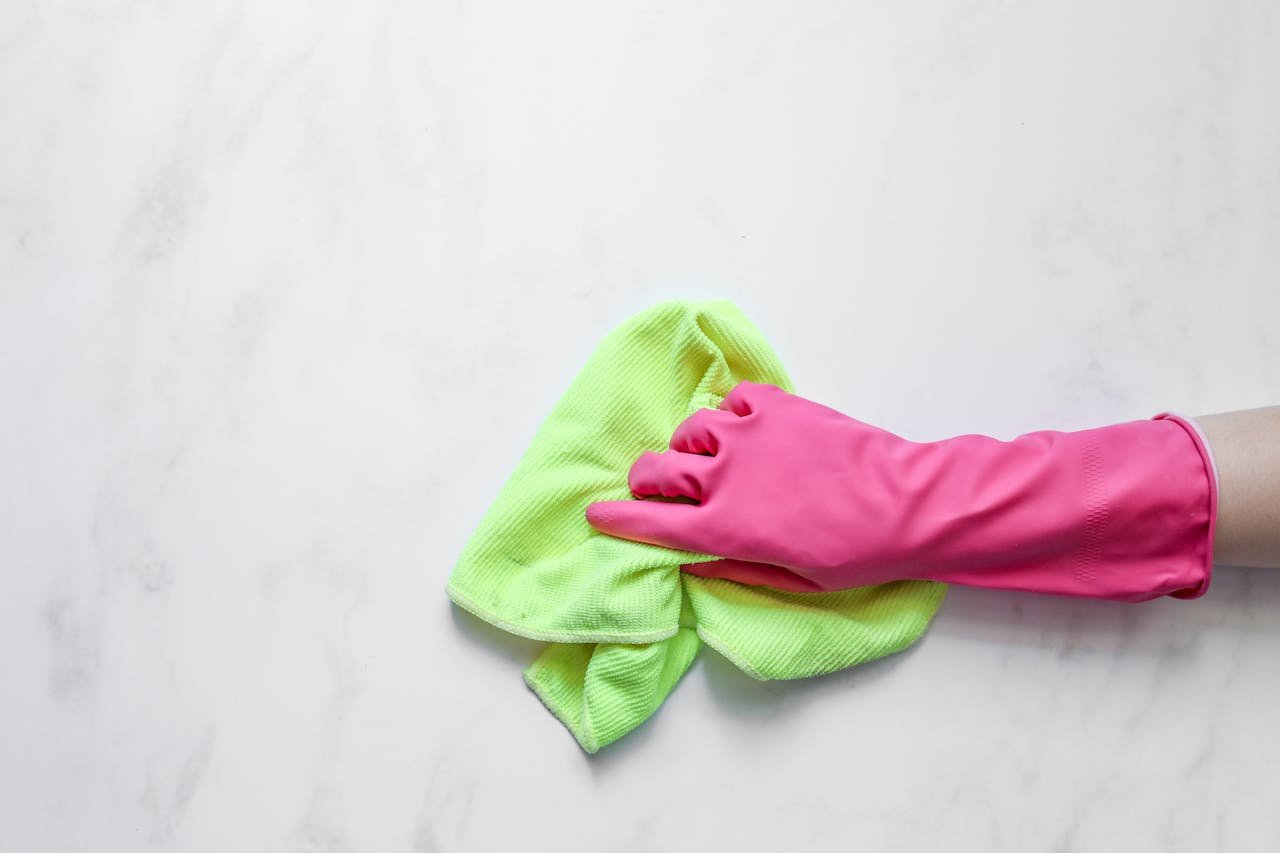In an era when environmental concerns are increasingly becoming the order of the day, green cleaning has become one of the important strategies for businesses to help ensure a much healthier and safe work environment. Companies like Seattle Green Cleaning Fairy are leading the way in providing eco-friendly cleaning solutions.
This comprehensive guide critically looks at the myriad benefits of green cleaning, paying closer attention to its very critical importance to the United Kingdom. It focused on how the eco-friendly cleaning practice enhances the health of the employees, clients, and is in line with global environmental objectives. The aim of this guide is to look at practical implementations which really help you to see the direct impact on workplace health in the first person and hence make a compelling case for the adoption of green cleaning in your sector.
Understanding Green Cleaning
Green cleaning is a traditional way of cleaning with added products and techniques ensuring protection of human health while preserving the environment. It uses naturally less harmful substances rather than the chemically aggressive agents found in conventional methods.
The Health Benefits
- Less Exposure to Hazardous Chemicals
Traditional cleaning products are loaded with things damaging to human health, like volatile organic compounds (VOCs) and other noxious chemicals. The latter can lead—or, in many cases, directly cause—respiratory and dermatological problems, among other health issues. Green cleaning products help to reduce this risk by using safer alternatives that are just as effective.
- Better indoor air quality
Fumes and residues from conventional cleaning chemicals may significantly lower indoor air quality. Green cleaning products help preserve cleaner air, which is important for everyone in the building but especially important in areas of insufficient ventilation.
- Allergy and Asthma Friendly
Green cleaning products are such a boon to the allergic, asthmatic, and any other individual having respiratory problems. They are all free from caustic chemicals and the usual sources of fragrance that cause such problems.
Environmental Benefits
- Reduced Environmental Impact
Green cleaning products go a long way in reducing environmental degradation. These products are usually biodegradable and manufactured using sustainable resources; this in itself reduces pollutants, saves the ecosystem, and reduces carbon footprints for businesses.
- Supports environmental sustainability
The use of green cleaning products will lead the way as market changes move toward more sustainable practices. The more that businesses demand products that are better for the earth, the more the manufacturers will be encouraged to develop such solutions.
Implementing Green Cleaning in the Workplace
Product Selection and Use
This implies that business must select green cleaning products that have use certifications, such as the EU Ecolabel or the Green Seal, which ensures environmental and health standards for use. Products need not only be green but also efficient cleaners.
Training and development
Green cleaning must be a workplace culture. What is required is not training in product use but rather training in the principle of green cleaning. Employees involved in the process will develop a sense of responsibility and commitment to maintaining healthy working conditions.
Continuous Monitoring and Feedback
On the other hand, regular monitoring and feedback from the staff and clients are some of the continuous improvements in the green cleaning practice. Through this, assessment is done on effective performance of products and practice weaknesses presently.
Examples of Case Studies and Case Successes
Case study 1: Real estate company in London
A London-based real estate office implemented green cleaning and experienced a 30% reduction in employee sick days in the first year. The firm attributed this to better air quality and less exposure to toxic chemicals.
Case study 2: Birmingham Education Establishment
A Birmingham primary school switched from chemical cleaners to green alternatives, and the students’ attendance and general ability to focus improved. Parents and teachers noted fewer cases of asthma and allergies among the students, indicating another area in which green cleaning has a direct impact on health.
Challenges and Solutions
While there are many benefits to the adoption of green cleaning, there are pitfalls with high perceived costs of products and dubious effectiveness.
- Cost-benefit analysis: It is imperative to show the long-term health and environmental benefits that will pay off for the high costs initially to reduce healthcare costs, which can be improved by employee productivity, hence balancing the cost of green products.
- Demonstration Trials: Effectiveness trials of green products in comparison with traditional products will allay misgivings about their effectiveness.
- Regular Training and Updates: Keeping employees abreast of the latest in green cleaning innovations and techniques—continuing education assures everybody understands and can support what the initiative is about.
Conclusion
Green cleaning has been one of the key strategies in improving workplace health and enhancing environmental sustainability for businesses. In the UK, the adoption of green cleaning practices answers the call for both regulatory requirements and consumer expectations toward a healthier and more sustainable future. With increased awareness and demands for responsible practices toward the environment, green cleaning becomes the norm. It is going to be a new standard in hygiene and business safety.

